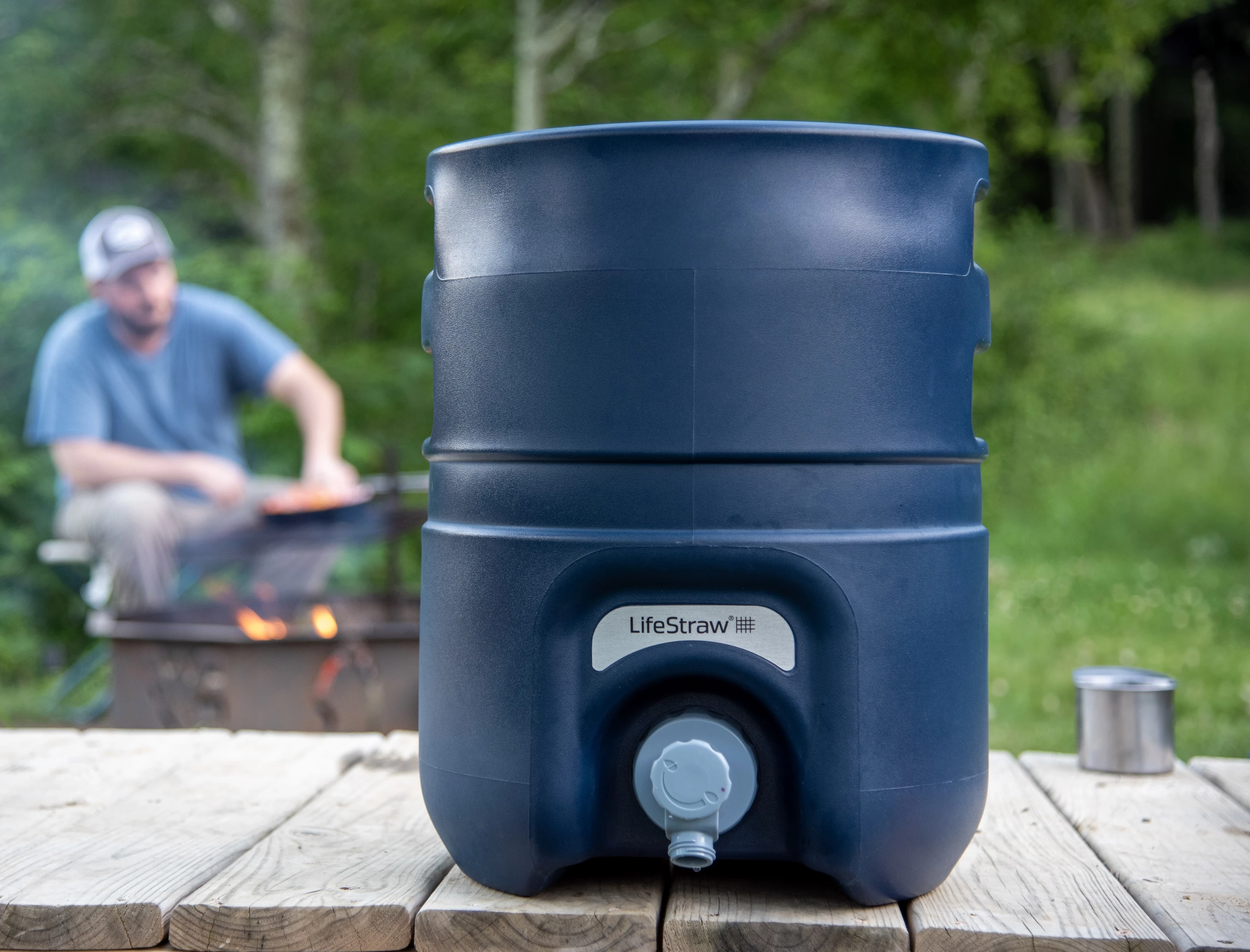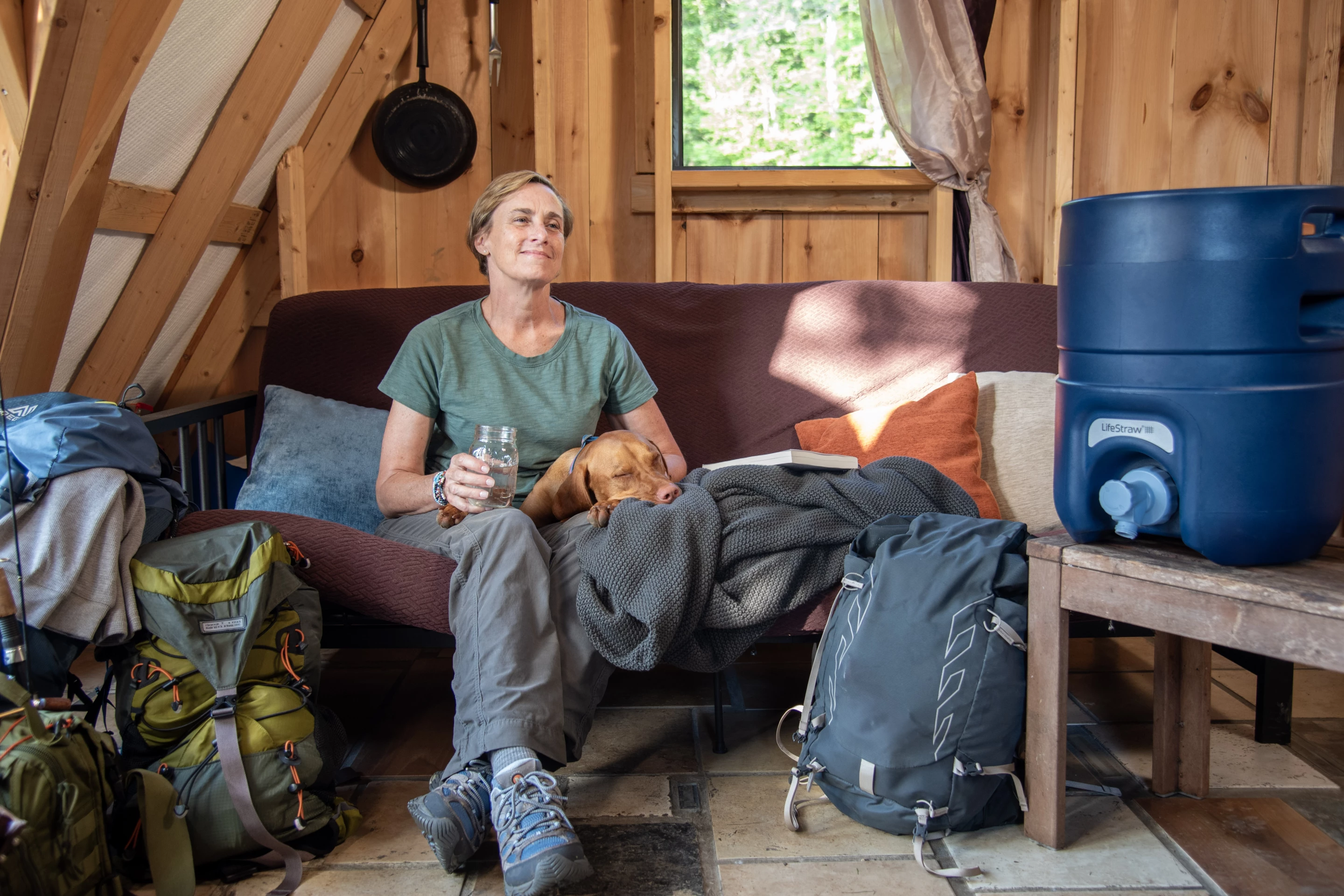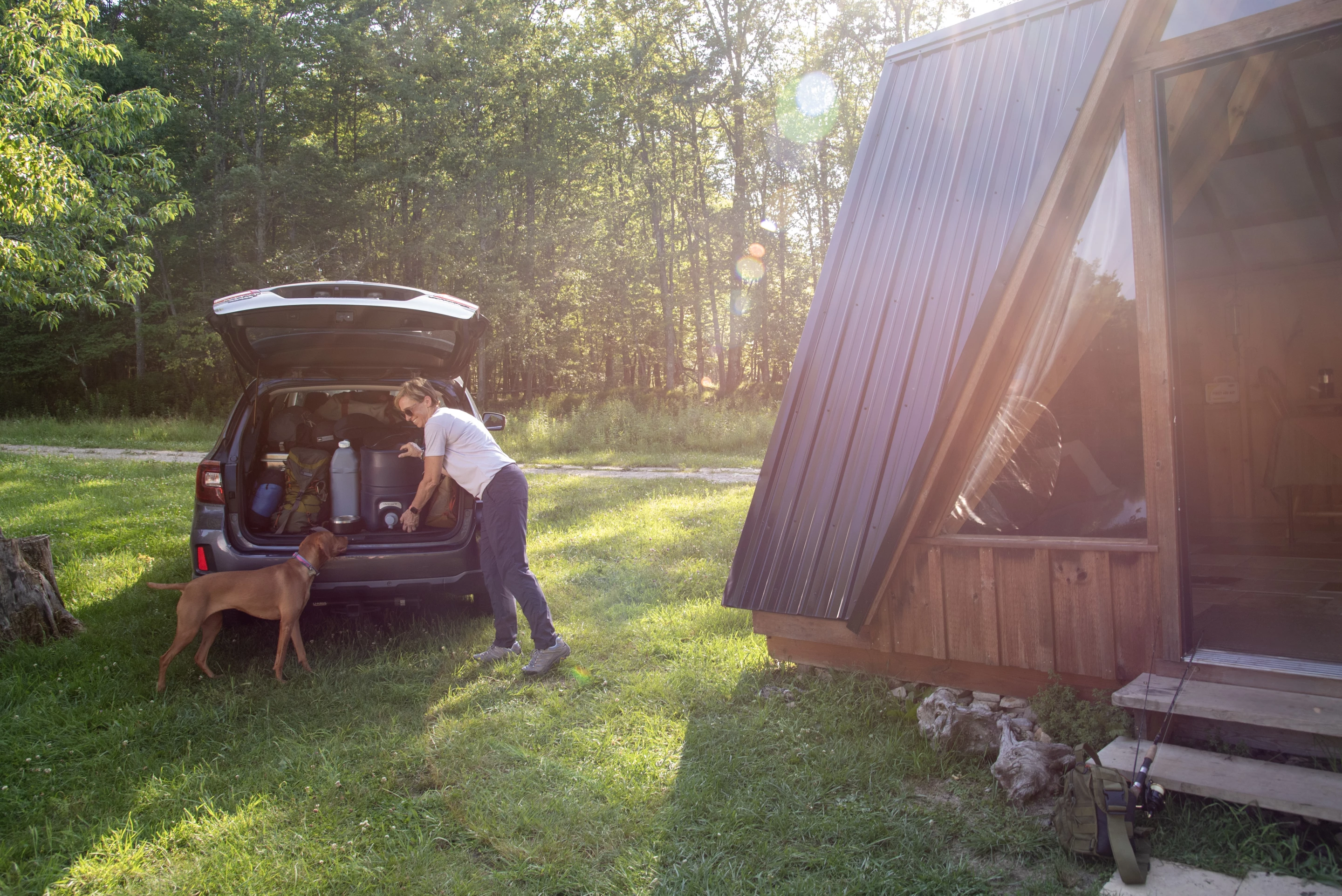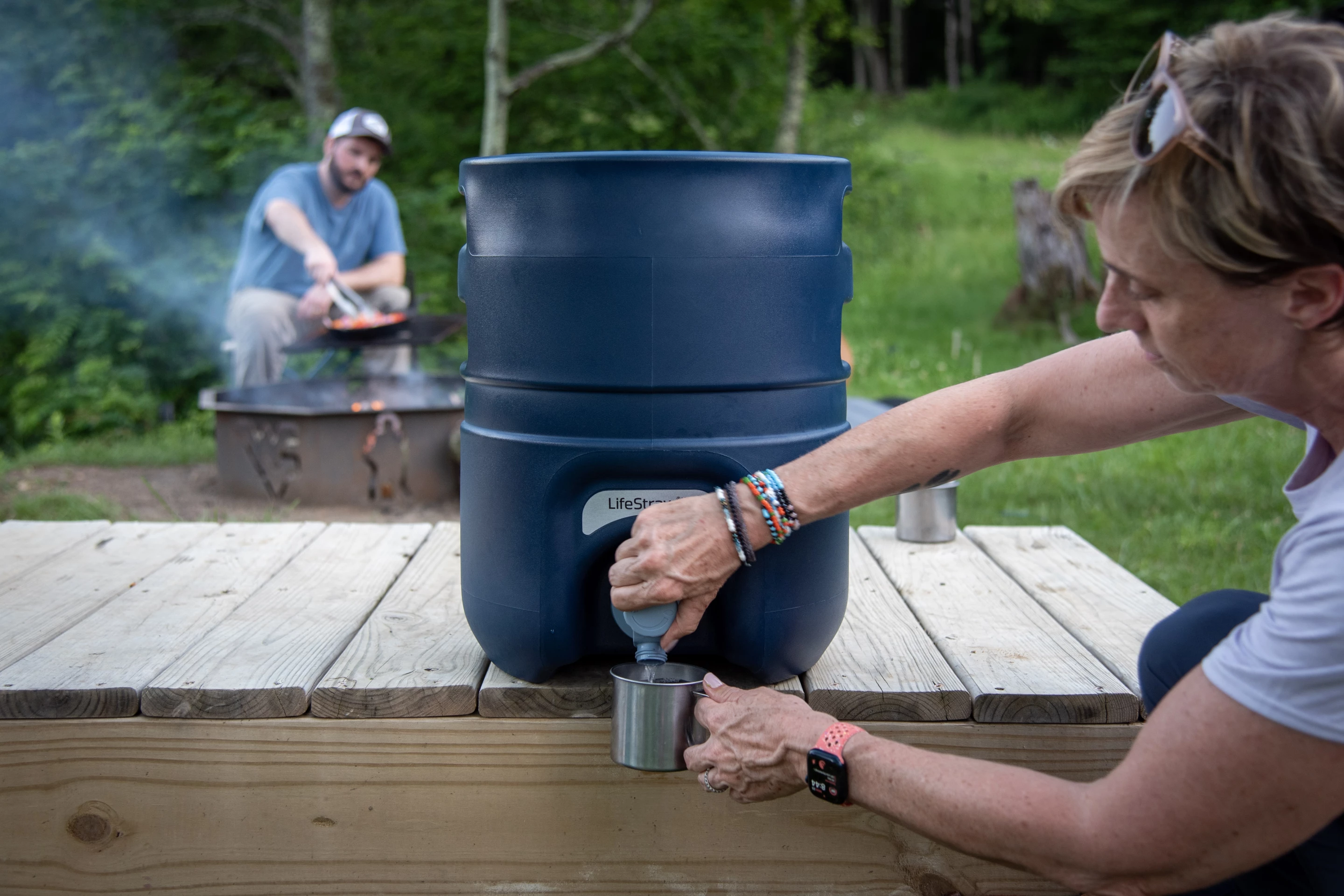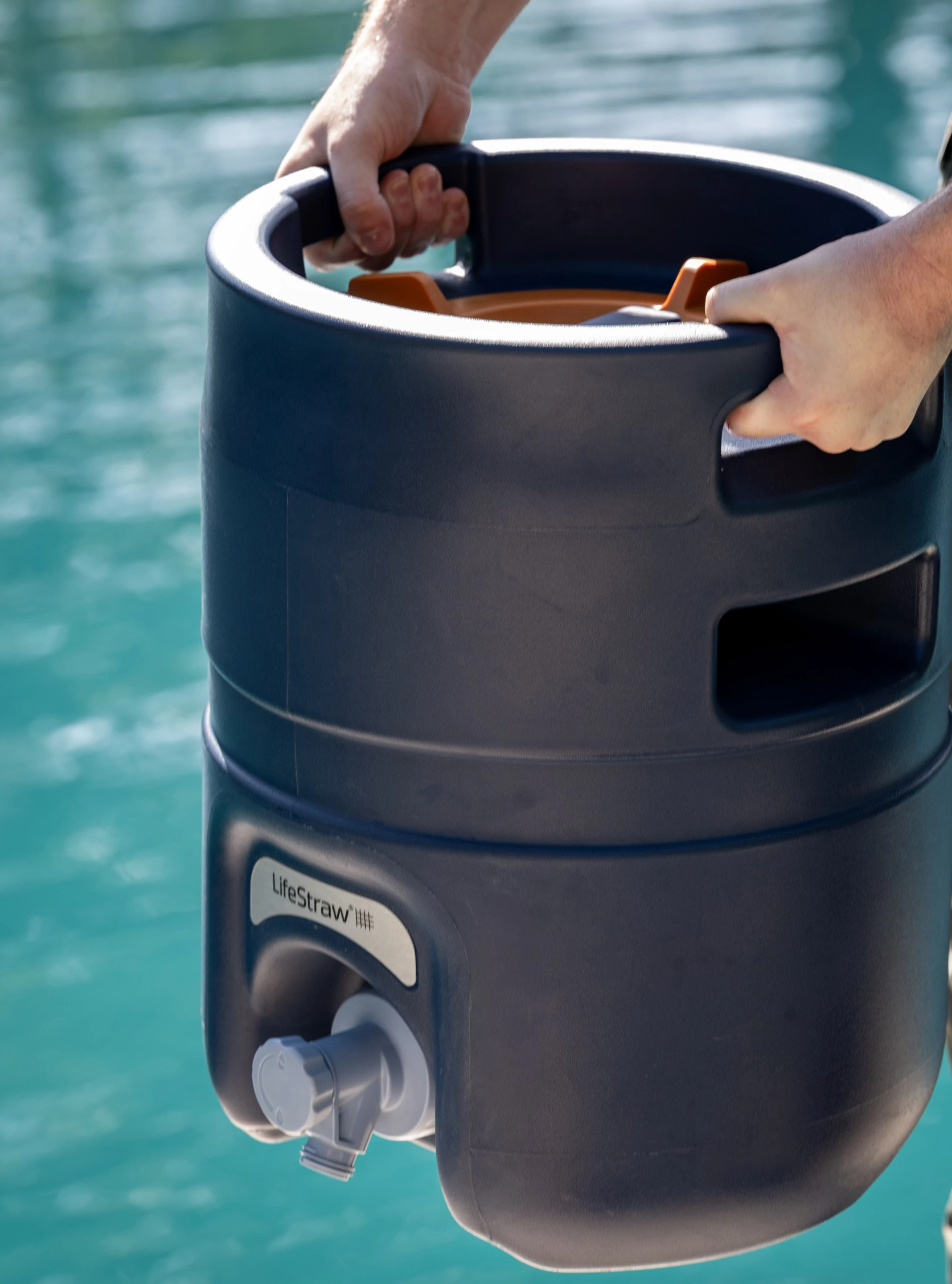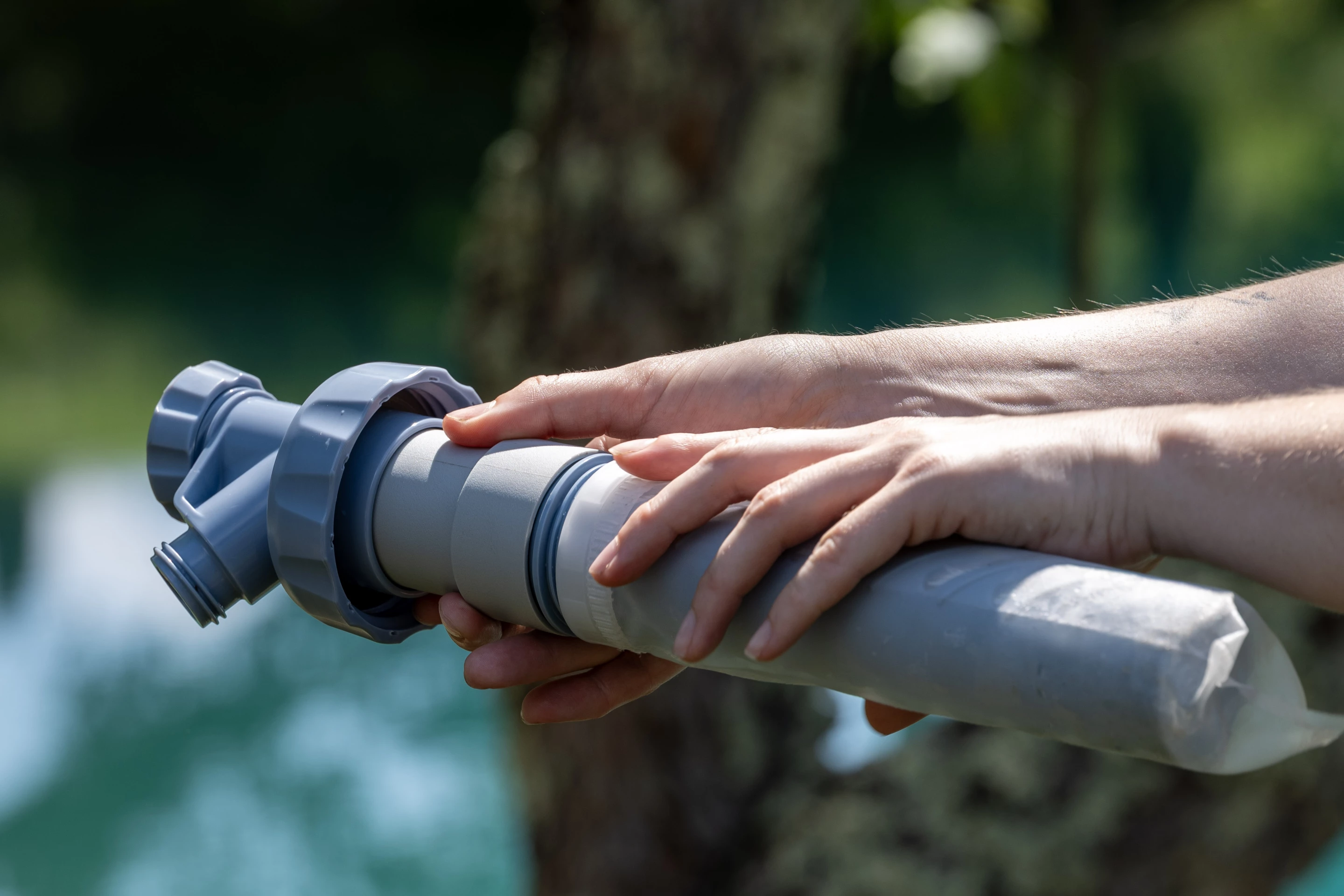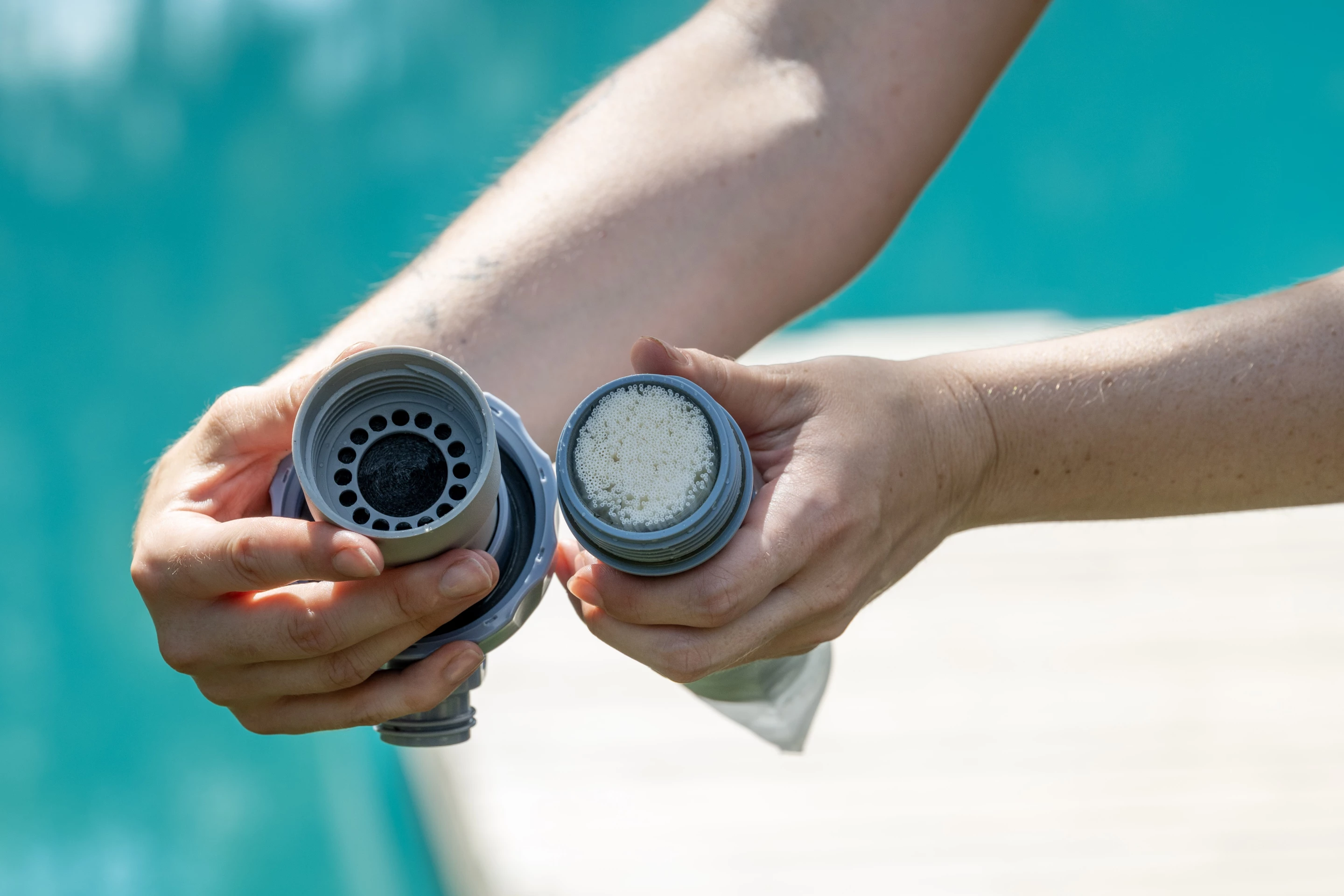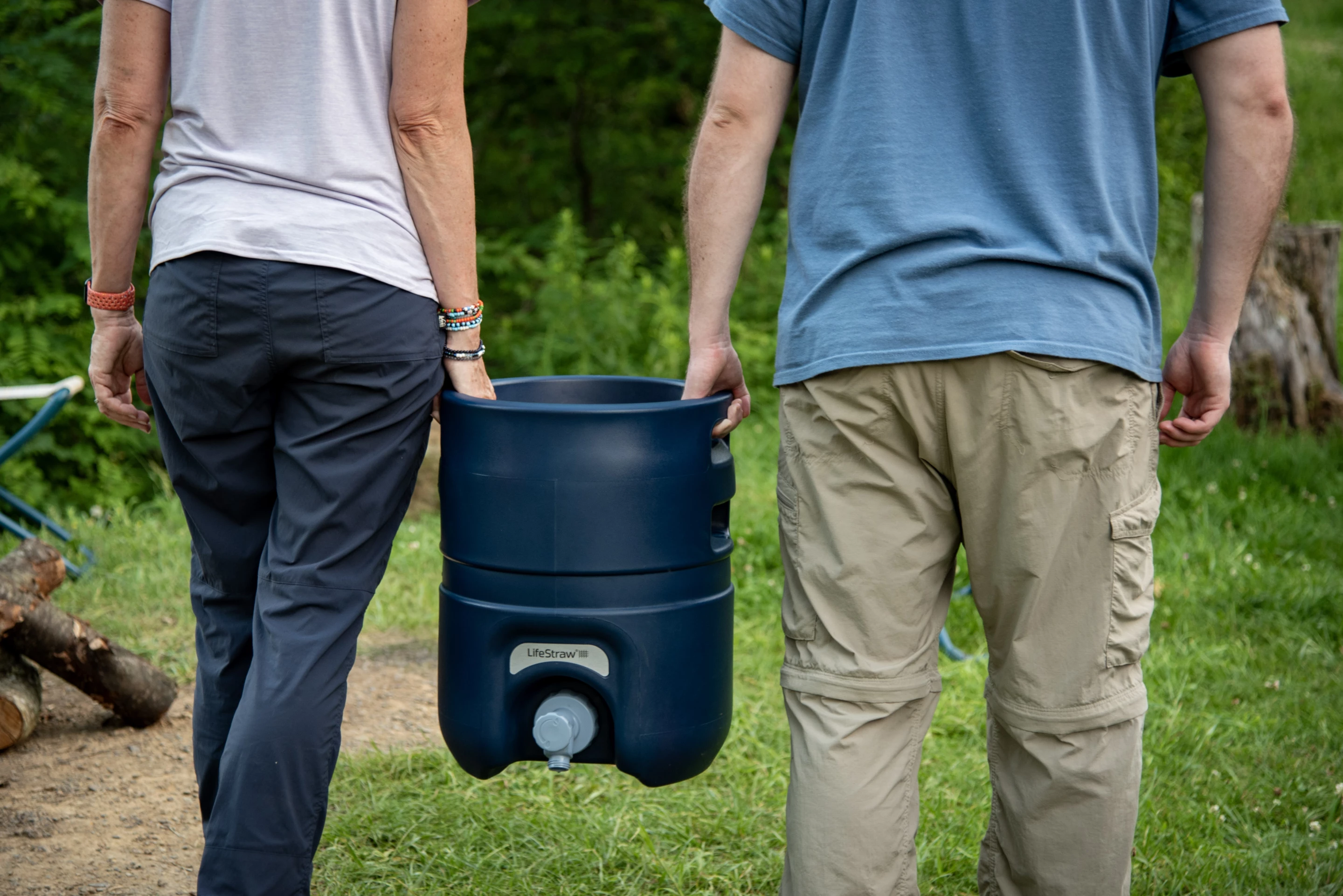We know Lifestraw best for lightweight, ultraportable water filter and purification products it aims at backpacking and other backcountry usage – the "straw" is right there in the name. But the company also has a family of larger potable water products for home, car camping and even village. Its all-new Escape falls in that macro section of the lineup, supplying group adventures with over 5 gallons of clean, reliable drinking water per fill-up.
Many of Lifestraw's most recent releases have ranked among its most compact ever. Last year, it introduced the Sip as what it called the world's first reusable stainless steel water filter straw. Much thinner than the original Lifestraw, the new release looked like any other reusable metal straw, only with the ability to remove microplastics, bacteria and parasites.
A year before that, the company expanded its Peak Series beyond the original small, squishable filtration bottle to include a handheld Solo filter so compact it fit comfortably in my bike jersey chest pocket – at least until I went over the handlebars and tore apart said jersey pocket on the hot, abrasive sandstone of a trail called "Spinal Tap." More like "Sternum Smash" in that instant.
When we first saw an email about a new Lifestraw product called the "Escape," we instantly assumed it was going to be even tinier, a filter/purifier meant to really "escape" the faintest hint of society by way of a sleek, ultralight easy-carry design. We were surprised when we opened up the email and found it was much the opposite.

This "Escape" is meant more for the vehicle-supported crowd on extended off-grid escapes on which you need larger amounts of potable water than you care to carry in. It's also for those who want to have a big, badass purifier around as part of their emergency preparedness kits.
The Escape makes high-volume purification about as quick and simple as it gets in ~5-gallon (~18.9-L) size. Lifestraw demonstrates it by using a separate vessel to fill it up, like the type of pictured jerry can that happens to tally in right around the same exact 5.25-gal (20-L) size as the Escape jug. That's because if you just dunk the whole Escape in the drink, you'll cover the entire exterior in the very types of micro-nasties you're trying to filter out. That includes right up into the inner tap, potentially contaminating the clean water you pour later.
Extra canister now, no excruciating diarrhea later.
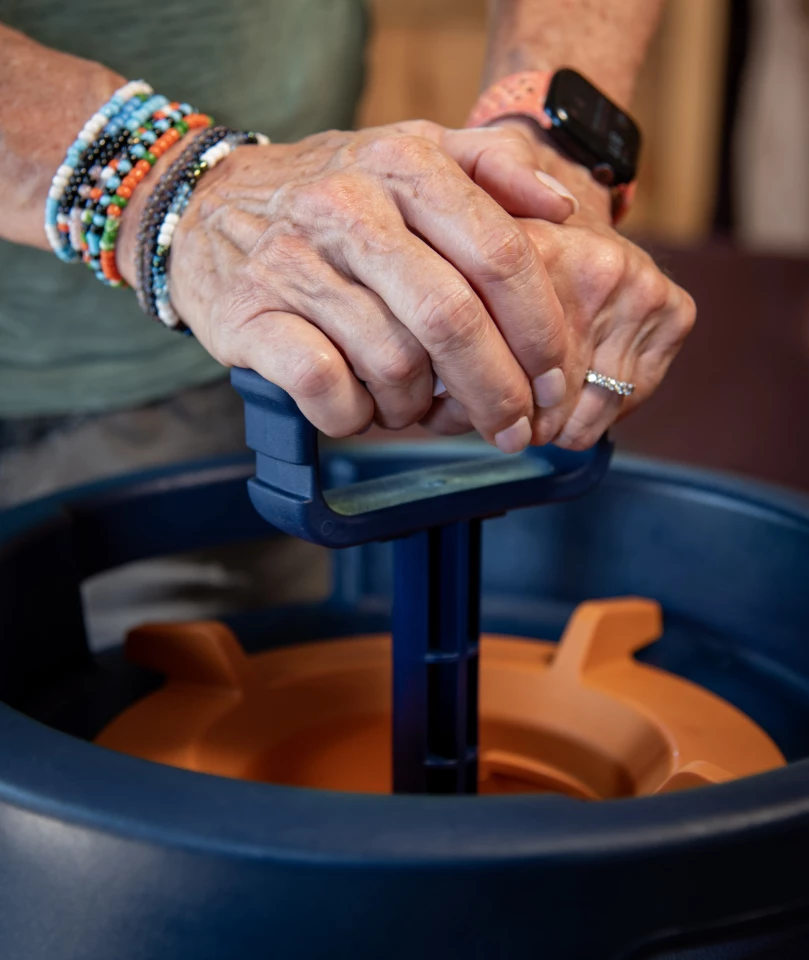
Once the Escape reservoir is full, you simply pump the handled piston rod almost like you're pumping a beer keg. Lifestraw says it'll take roughly 15 to 20 pumps to reach optimal pressure, but you'll know it when you can barely push the pump down anymore.
After that, all you have to do is twist the tap open, and the pressure sends the water flooding through the triple-filtration tube and pouring out the tap as clear, clean drinking water fit to sip and hydrate. That multi-part tube includes a 0.02-micron filter to take care of everything right down to virus sizes – bacteria, sand, parasites, microplastics and more.
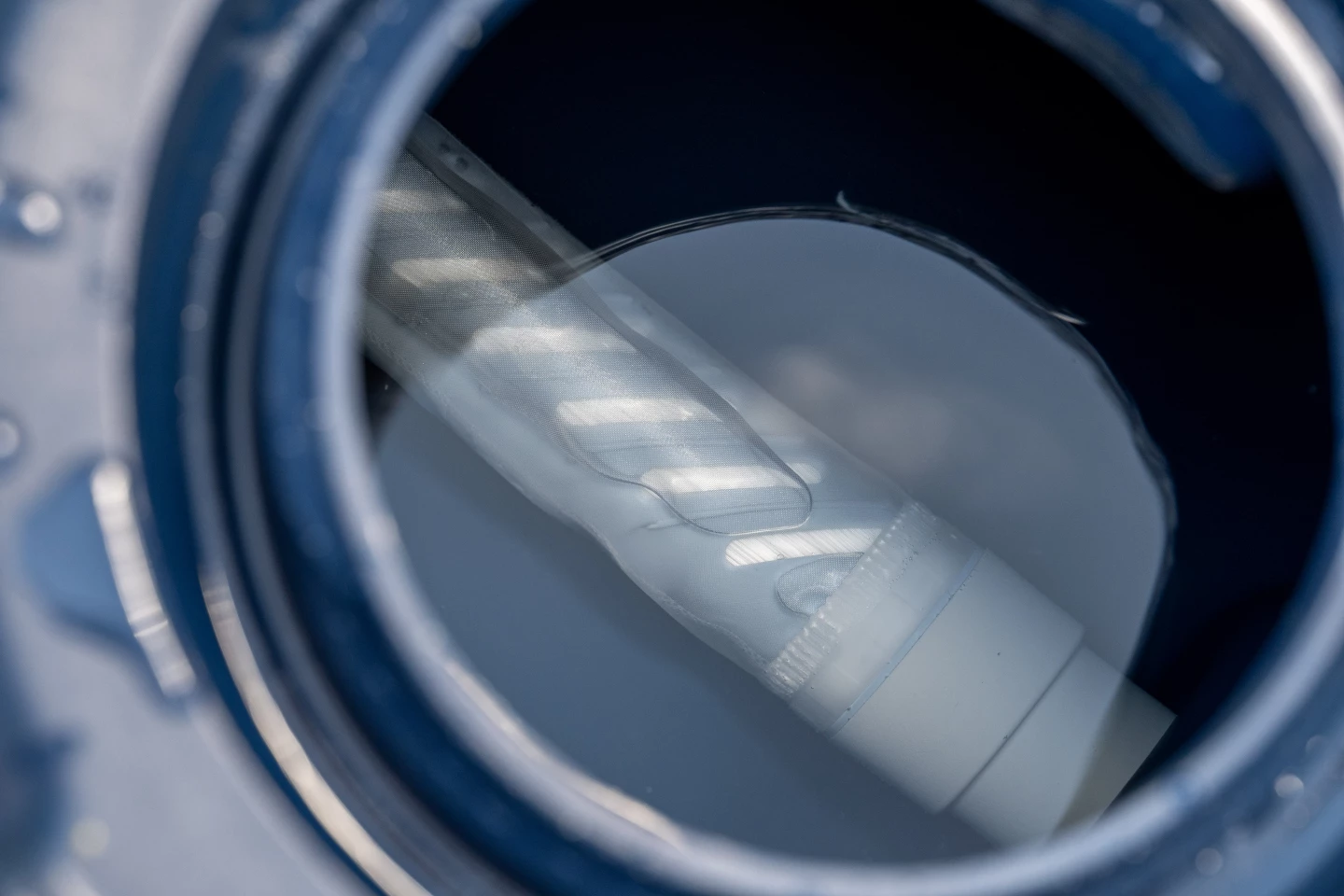
To get all mathematical and multi-decimal specific, Lifestraw says the system removes 99.99% of viruses, 99.999999% of bacteria, 99.999% of parasites, and 99.999% of microplastics.
As the jug loses pressure, the water will start to trickle out more slowly. Once it gets too slow for your liking, simply pump it back up to pressure.
Lifestraw estimates that the Escape can deliver 1 liter of purified water per minute. The system strikes us as equally useful for more leisurely purification, pouring for your day-to-day clean water needs, much like a water cooler.
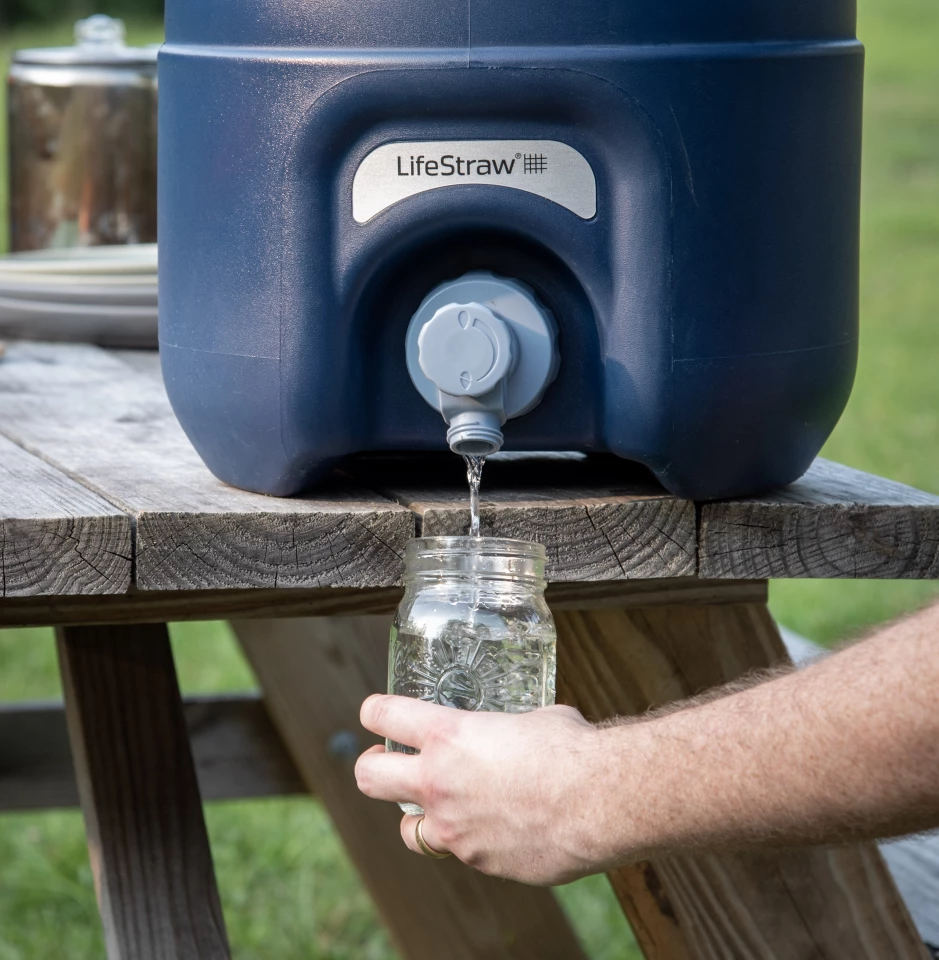
When I first saw the Escape, I thought I'd much prefer its longstanding competitor, the Lifesaver Jerrycan. But that's because my initial impression of camping gear tends to be biased toward how easy it looks to pack, and a slim, flat-sided jerry can will definitely pack more easily and neatly than a big cylindrical jug, important when you tend to load up every last bit of available space.
But gear that packs the best doesn't necessarily offer the most user-friendly experience on arrival. A slim, flat-sided, water-heavy jerry can might not prove the most stable form for a base camp water source, particularly when dealing with rickety, uneven folding tables and winds varying right up to "near-hurricane rage." The wide-based Escape should be quite stable, and its dual-handle design will be easier for lugging all that water around camp than the Jerrycan's single handle, especially if you're looking for a helping hand.

Lifestraw says that the 0.02-micron virus "ultrafilter" is made to last through up to 18,000 liters of cycled water. The carbon + ion filter that takes care of chemical and metallic tastes, on the other hand, lasts through 600 liters.
Those numbers are comparable to the Lifesaver Jerrycan's 20,000/500-L ratings, in case you're wondering.
So after more thought, I'd say both the Jerrycan and Escape are very useful designs. Which one works best for a given buyer will ultimately depend on use case(s) and just how much space they have to pack and store it. The Escape launched this month for a price of $329.95, competitive with the $299.95 MSRP of the slightly lower-capacity 4.9-gal (18.5-L) Jerrycan.
Source: Lifestraw
New Atlas receives commission when you buy through our links. Thank you!


